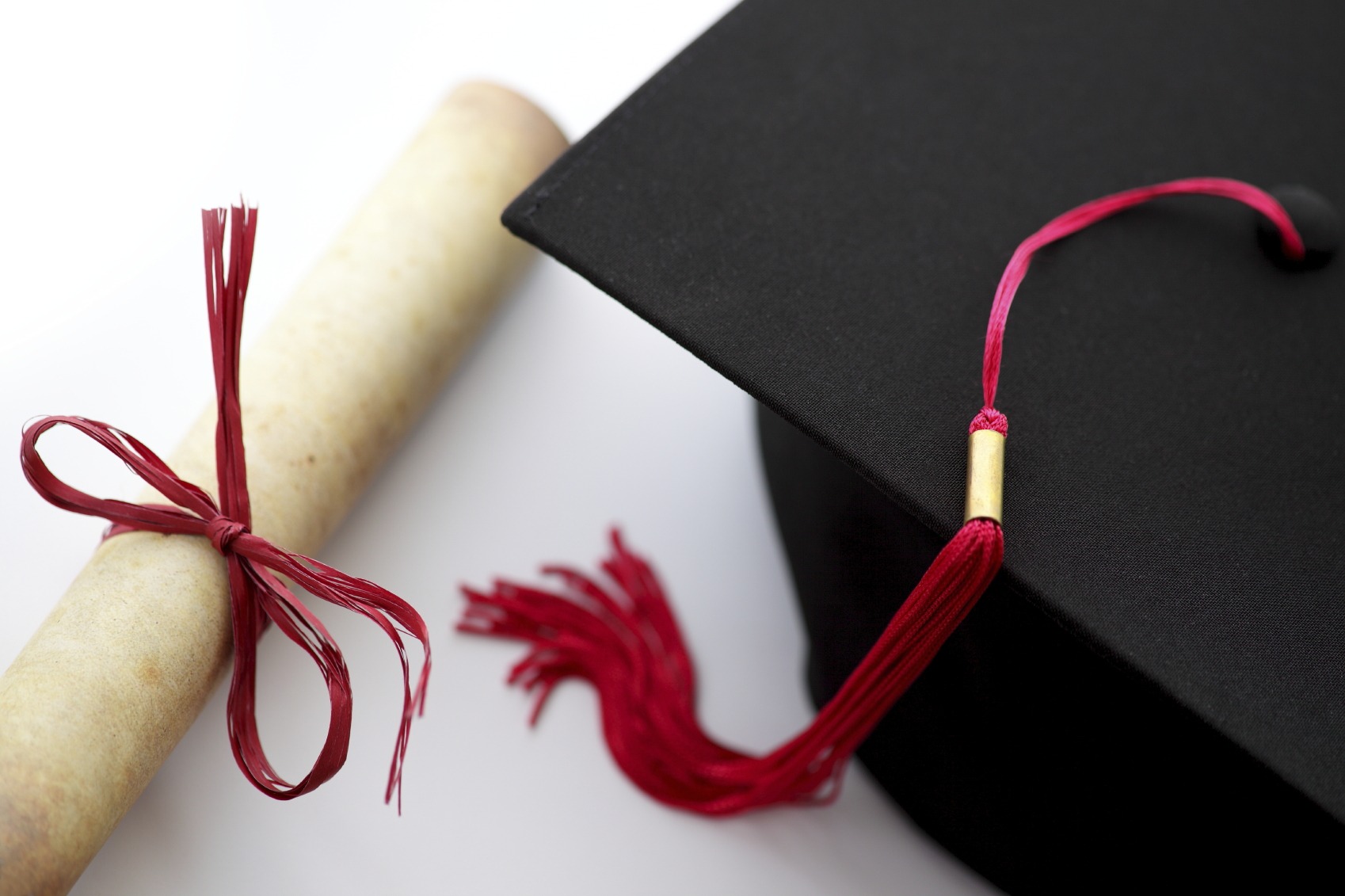Most of know that early childhood education is good for our children. However, the numbers from other preschool programs show it might be better than we expect.
Early Childhood Education
In a $1.8 trillion “American Families Plan,” President Biden allocated $200 billion for universal prekindergarten for three- and four-year olds. Through cooperation with states, the program will target five million children in high need areas.
Head Start
Head Start is one prototype the Biden Administration could have had in mind. Called a prep school for poor kids, it began in 1965 with 20,000 children and grew to 1 million by 2019. With a majority of households earning less than $4000 a year when it began (the same as $33,958.59 today), the program’s focus has been academic and interpersonal skills, health screening, and meals.
In a recent paper, researchers assessed the Head Start impact on human capital and economic self-sufficiency. Among 22.5 million Head Start participants, a statistically significant group was more likely to finish high school, enroll in college, and finish college than children who did not attend. Head Start also diminished the likelihood of adult poverty and dependence on public assistance.
Tulsa and Perry
The results of other programs have been similar. In Tulsa, Oklahoma, a universal preschool program improved literacy, math skills, and absenteeism in their middle schools. Although the positive impact on standardized testing diminished over time, more children enrolled in middle school honors courses. Similarly, a much smaller preschool study at the Perry Elementary School in Michigan during the 1960s with a less able group of students had a beneficial impact. As teens, the participants had fewer pregnancies and were more likely to graduate high school. Subsequently, they earned more, committed fewer crimes, and owned a home and a car.
Our Bottom Line: Human Capital
To judge the impact of preschool, as economists, we can return to the land, labor, and capital from which we make all of our goods and services. Then, focusing on capital, we can see how to boost productivity. We can increase our physical capital through more buildings, tools, and technology. But even most crucially, we add to our human capital through more education and knowledge…and preschool.
Below you can see the return from the investment in human capital at the Perry School. While I doubt that these numbers can be precisely calculated, we can be sure that preschool programs have a positive return:
Indeed the Biden spending on preschool could pay for itself.
My sources and more: To support the Biden preschool initiative, we have three studies corroborating the benefits of early childhood education. The Perry Project, this NBER paper, and a Tulsa experiment had beneficial results. Meanwhile, this NY Times article and the White House had a description.of the Biden proposals.







